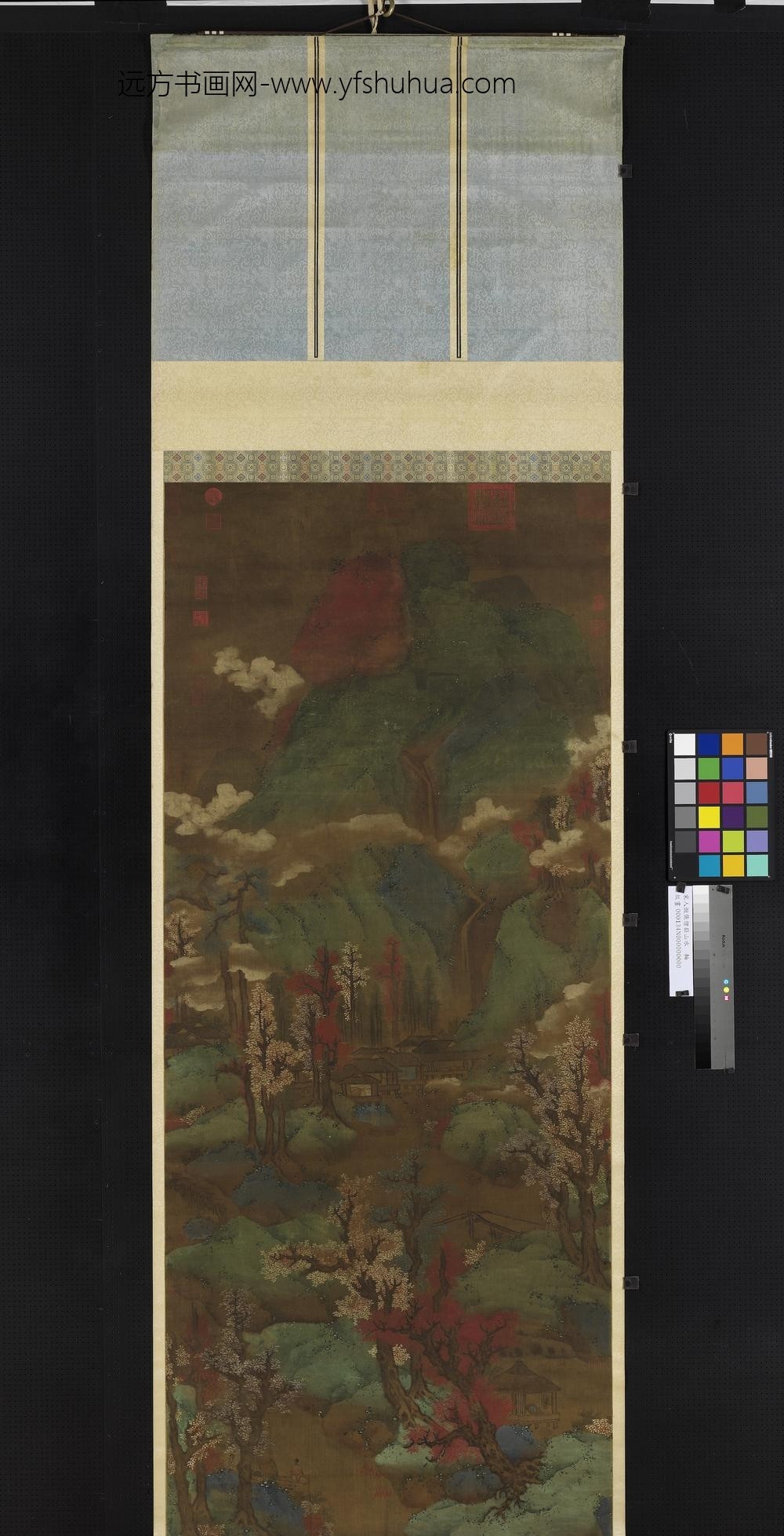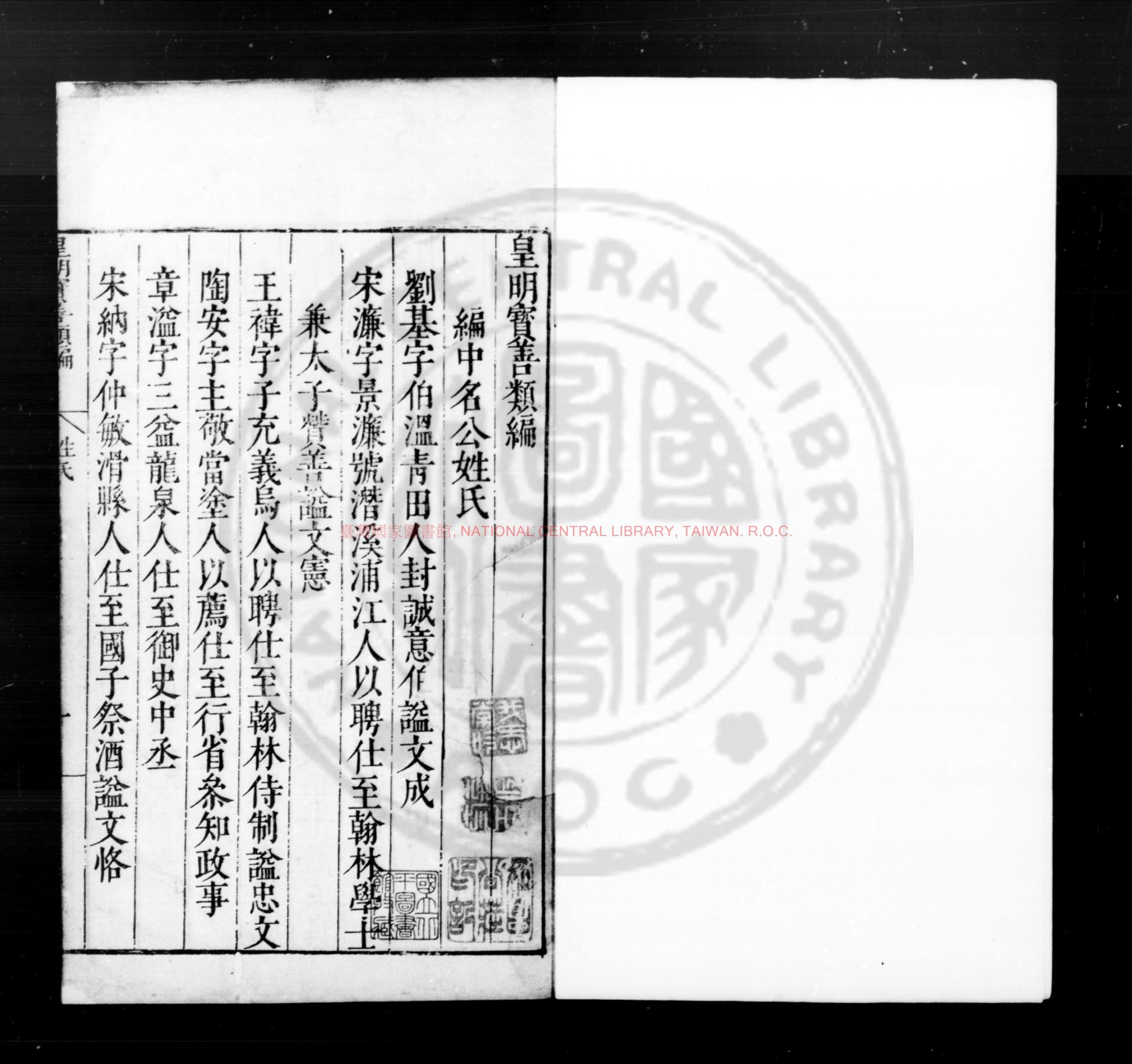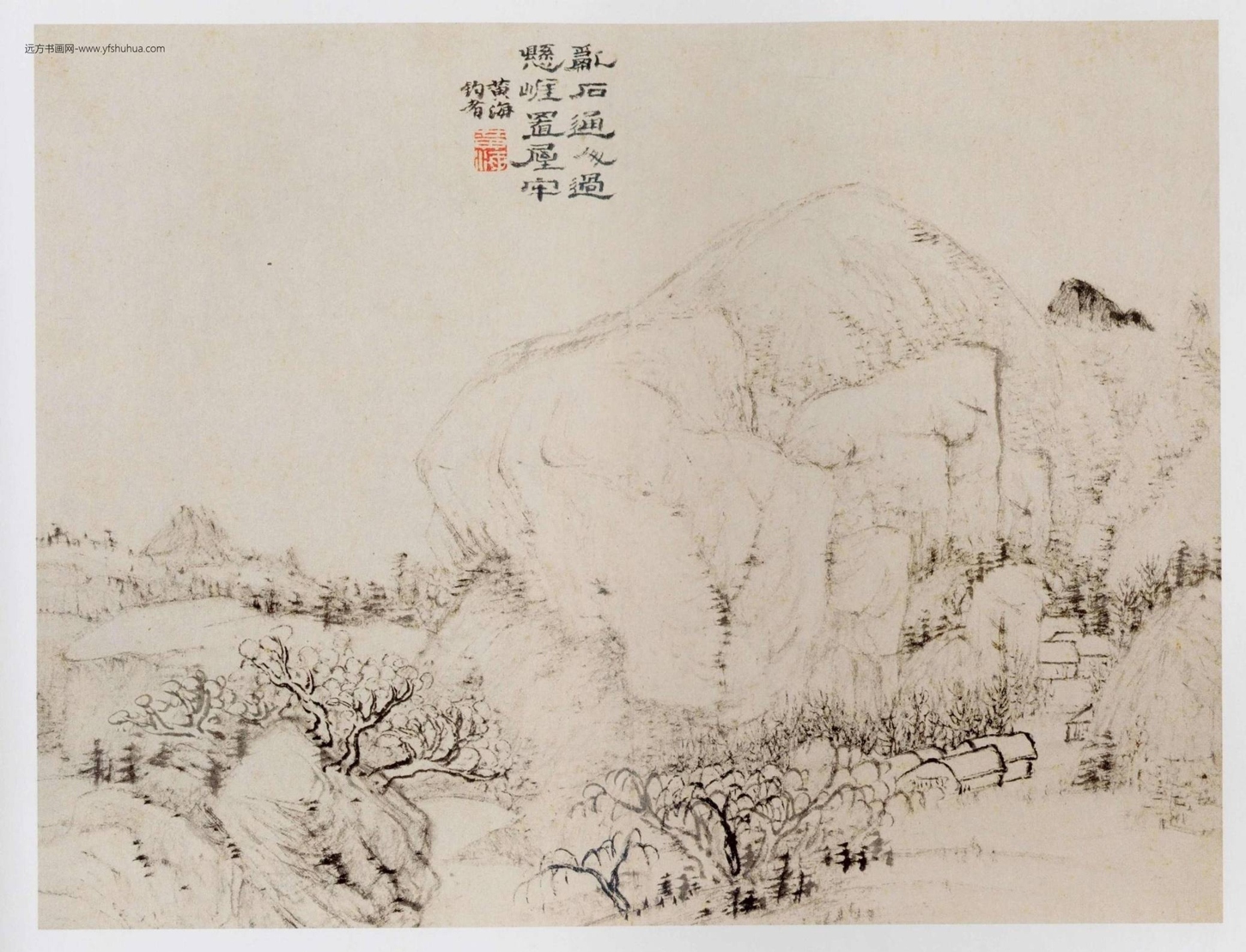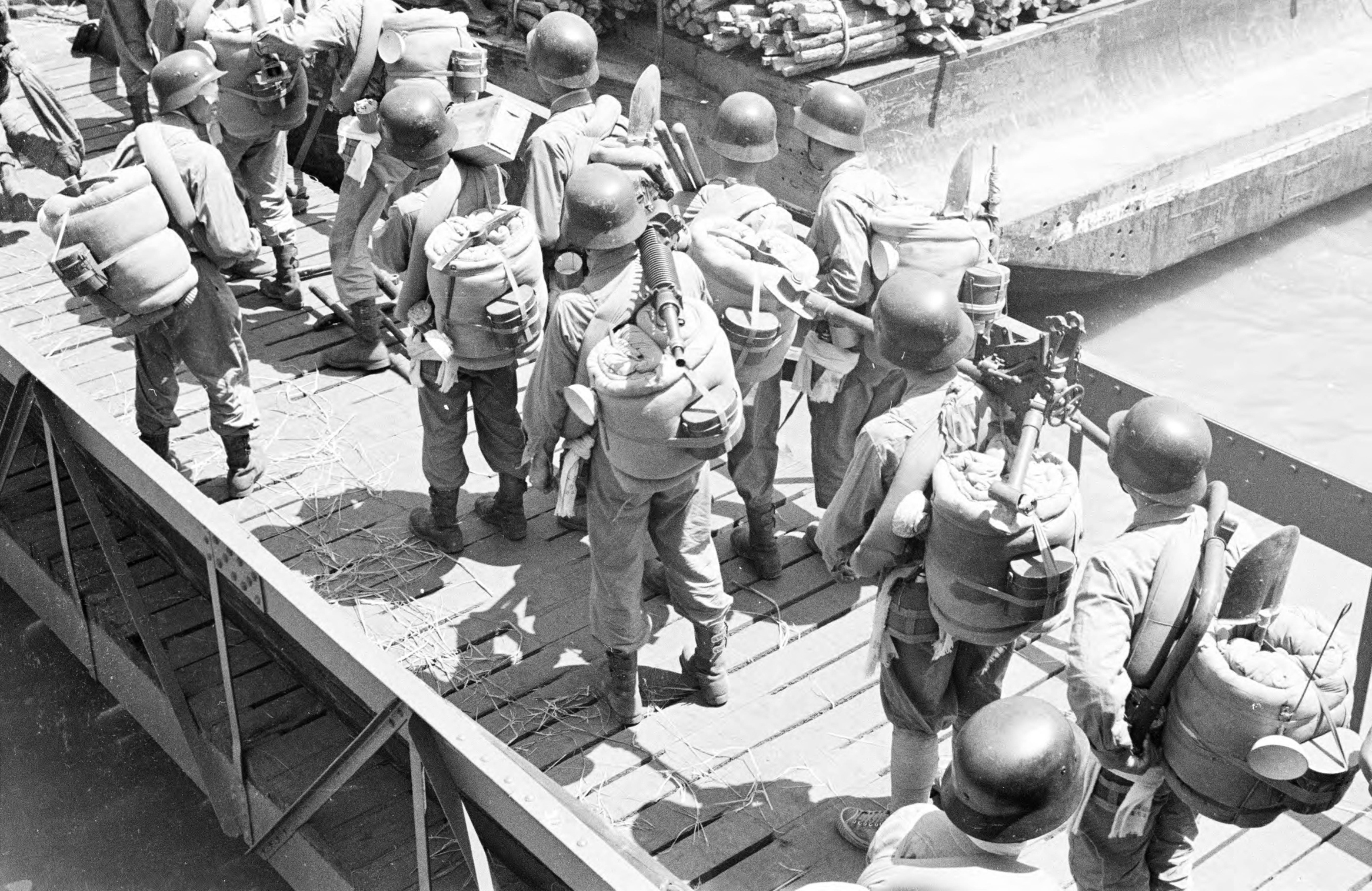【作品基本信息】
| 作者 | 蓝瑛 |
| 品名 | 仿张僧繇山水图 |
| 朝代 | 明朝 |
| 文件大小 | 18.03MB |
| 分辨率(DPI) | 300×300 |
| 像素大小 | 1752×3432 |
| 尺寸(CM) | 14.83×29.05 |
| 作品数量 | 1 |
| 作品收藏 | 台北故宫博物院 |
| 图片格式 | 默认提供TIF和JPG两个版本 |
基本数据
| 藏品类型 | 绘画 |
| 品名 |
宋人仿张僧繇山水 轴 After a Landscape by Chang Seng-yu |
| 分类 | 绘画 |
| 数量 | 一轴 |
典藏尺寸
| 【位置】 | 【尺寸】(公分) |
| 本幅 | 219.6×85 |
质地
| 【质地位置】 | 【质地】 |
| 本幅 | 绢 |
题跋数据
| 【题跋类别】 | 【作者】 | 【位置】 | 【款识】 | 【书体】 | 【全文】 |
| 作者款识 | 张僧繇 | 本幅 | 僧繇 | 楷书 | 僧繇 |
主题
| 【主题类别】 | 【主题(第一层)】 | 【主题(第二层)】 | 【主题说明】 |
| 主要主题 | 山水 | ||
| 其他主题 | 山水 | 石磴、栈道 | 栈道 |
| 其他主题 | 山水 | 江河、湖海 | |
| 其他主题 | 山水 | 瀑布 | |
| 其他主题 | 人物 | 高士(士人、隐士) | |
| 其他主题 | 人物 | 侍从(侍女、童仆) | |
| 次要主题 | 树木 | ||
| 其他主题 | 建筑 | 房舍 | |
| 其他主题 | 建筑 | 亭 | |
| 其他主题 | 建筑 | 桥 | |
| 其他主题 | 船 | 篷舟 |
技法
| 【技法】 | 【技法细目】 |
| 没骨 | |
| 苔点 |
参考数据
| 【类别】 | 【参考数据】 |
| 收藏着录 | 石渠宝笈三编(延春阁),第四册,页1548 |
| 收藏着录 | 故宫书画录(卷五),第三册,页112 |
| 收藏着录 | 故宫书画图录,第二册,页279-280 |
| 参考书目 | 1.何传馨,〈(原题宋人)仿张僧繇山水〉,收入李玉珉主编,《古色:十六至十八世纪艺术的仿古风》(台北:国立故宫博物院,2003年初版),页260。 |
| 内容简介(中文) | 张僧繇,吴(今江苏苏州)人。梁天监中(502-518)为武陵王国侍郎。善道释人物,所绘没骨山水,于画坛为绝诣,后人仿之者甚多。楼观曾云:「梁天监中,张僧繇每于缣素上,不用墨笔,独以青绿重色,图成峰岚泉石,谓之没骨法。」此幅画山石用颜色填染,不用墨笔皴擦,以丹朱青绿为主色,并用白粉烘云点树,故觉奇彩艳发,神气飞扬,全幅散发着一种古厚沉郁的气氛。然其风格笔触则似出于明末蓝瑛一门之手。 |
| 内容简介(英文) | Chang Seng-yu was a native of Wu (modern Suchou, Kiangsu ) who served as Minister in the princedom of Wu-ling during the T’ien-chien era (502-518) of the Liang dynasty. He excelled at painting Taoist and Buddhist subjects as well as “boneless” (wash) landscapes. His style was frequently emulated by later artists. Lou Kuan commented, “When Chang Seng-yu put brush to silk, he did not use lines of ink, only heavy colors of mineral green for his compositions of peaks, springs, and stones in the so-called ‘boneless’ method.” In this painting, the artist has likewise filled the mountains and rocks with washes of color. Instead of employing ink for the texture strokes, he has adopted cinnabar and mineral green as his primary colors, using mineral white to highlight the trees and clouds. Imbued with an unusually exquisite, ephemeral beauty, the entire work possesses an air of sedate and hoary tranquility. Judging from the style, it appears to have been done by a follower of the late Ming painter Lan Ying (1585-ca. 1664). |
【作品展示】

宋人仿张僧繇山水轴




